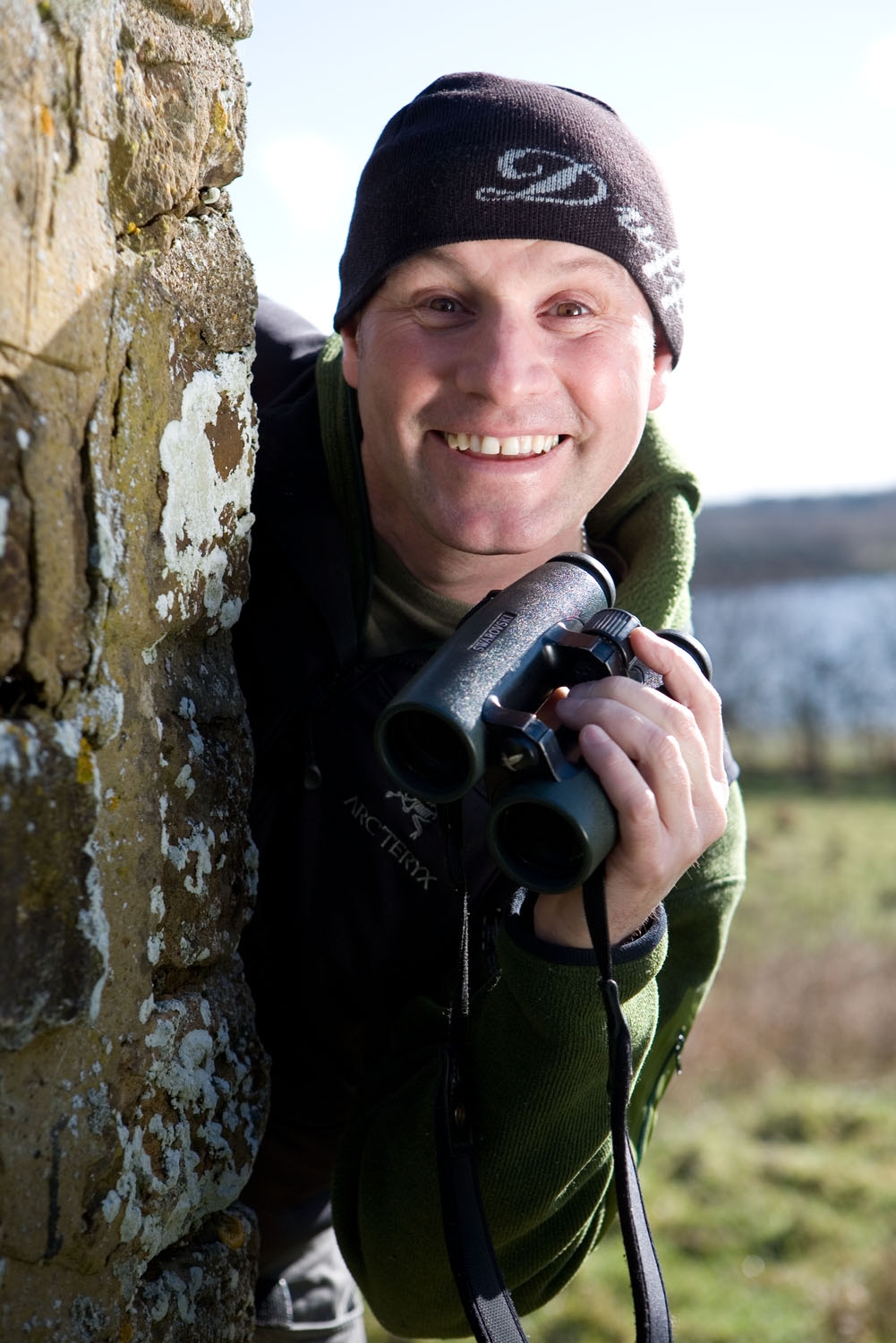It's official, our mud is world class. Close to half of Britain's convoluted coastline lies within estaurine habitat, which provides crucial refuelling stations throughout winter to an internationally important array of waders from across the northern hemisphere.
Estuarine birds’ lives are totally dictated by the state of the tide, so the precise timing of your visit is everything. At low tide, the expanse of mud can be so vast that the birds will simply spread out across the ‘bird table’, giving the misleading appearance that the estuary is devoid of life.
Likewise at high tide, when the feeding ‘real estate’ becomes severely depleted, many waders will simply roost elsewhere until the waters recede.
The best time to get yourself in prime position for a ‘winter wader fix’ is on a rising tide, when the ever diminishing amount of mud will result in the birds being effectively delivered to your door.
1
Oystercatcher
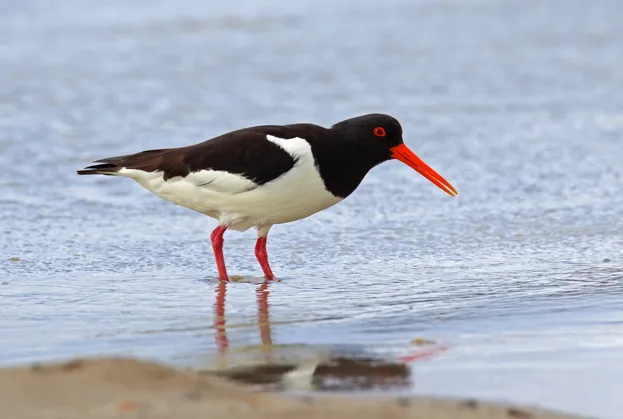
Oystercatchers have a distinct black and white plumage © Arterra / Getty
Unmistakable black and white plumage with long, red bill and pinkish legs. Resident in the UK but most common in spring, when around 110,000 pairs can be seen breeding.
2
Knot
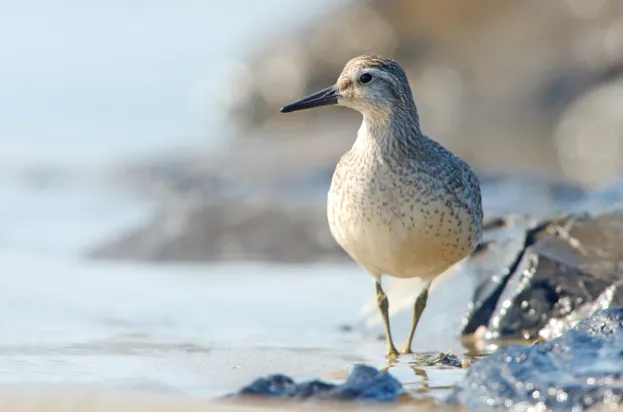
Knot frequently form huge, swirling flocks as the rising tide forces the birds off the mud © Jeroen Stel / Getty
Outside of the breeding season, a fairly nondescript light-grey wader with a short, black bill and yellowish legs. Around 320,000 can be found in the UK in winter before they migrate to Canada and Greenland.
3
Curlew
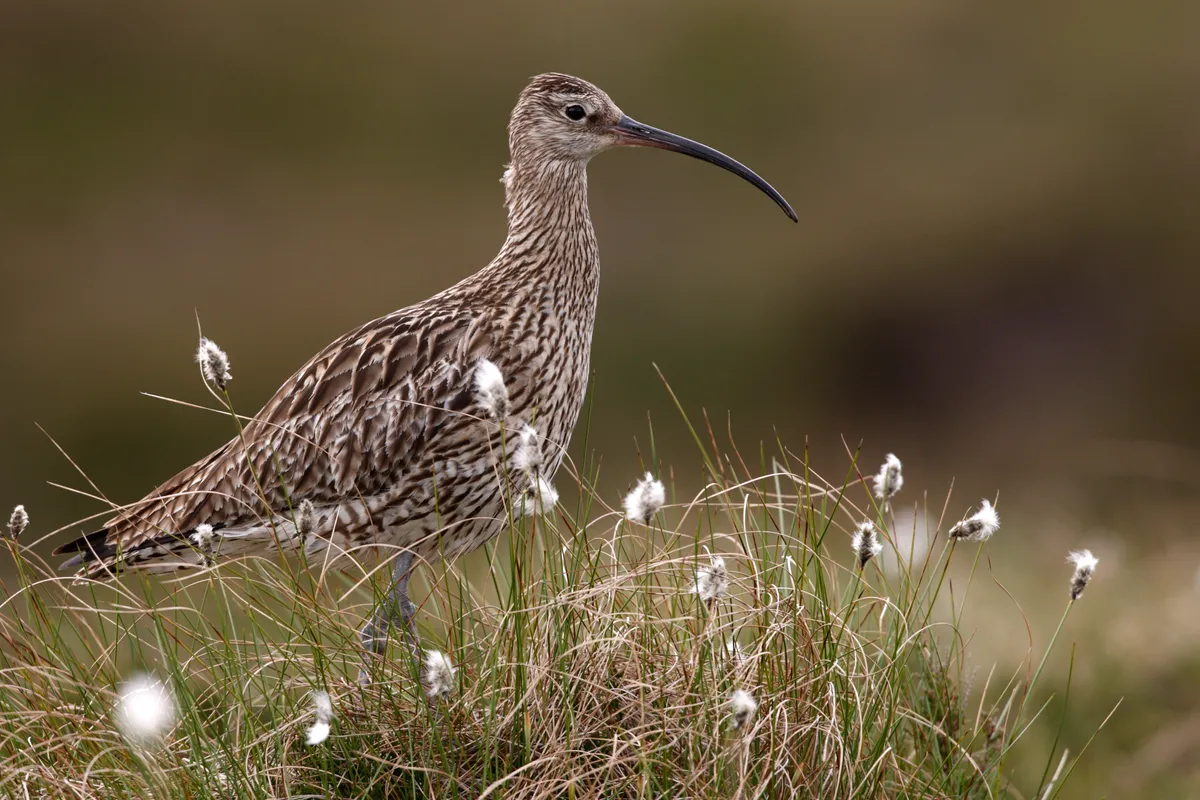
Curlew have an exovative 'cur-lee' call © Mike Lane / Getty
Mottled grey-brown and white plumage on a large, elongated body with a long, slender, downcurved bill. Around 140,000 birds can be seen in the UK in winter.
4
Dunlin
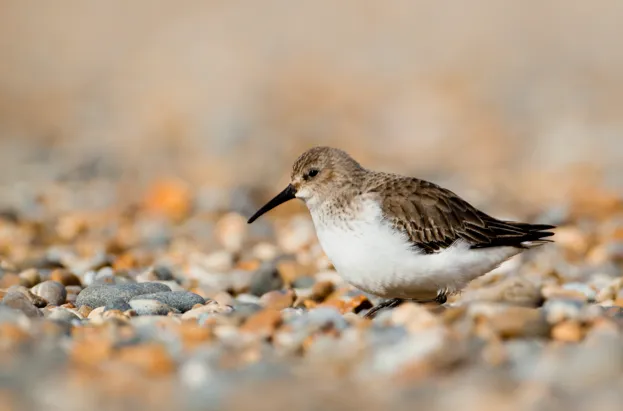
Dunlin congregate into a cast of thousands at favoured sites © Andrew Sproule / Getty
Grey winter plumage with white underparts and a slightly down-curved, black bill. Around 350,000 birds can be seen in between October and March on passage to their breeding grounds in Iceland and Scandinavia.
5
Redshank
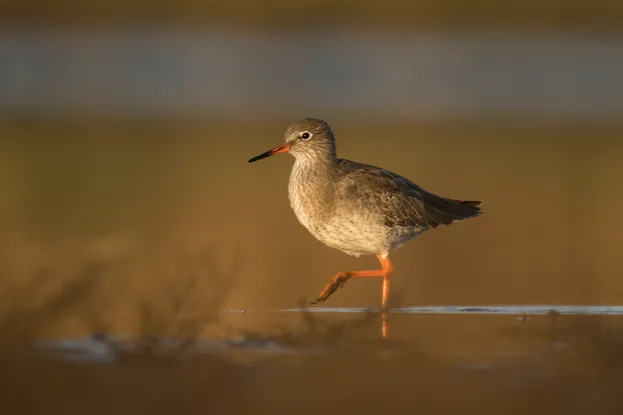
The redshank flits across estuaries on wings with distinctive white trailing edges © Arterra / Getty
Distinctive orange-red legs with a red bill that turns to black at the tip. A common resident with around 120,000 birds at their peak in the winter.
6
Black-tailed Godwit
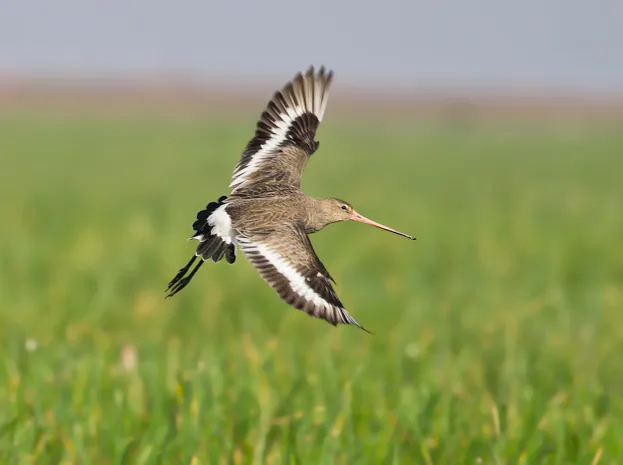
The species has a black tail, white rump and flashing wing bar © Antony Grossy / Getty
Grey-brown winter plumage with a long, pink bill, becoming black towards the tip. Distinctive black tail and white upperwing bars can be seen in flight. Around 43,000 overwinter in the UK, many having travelled from Iceland.
Choice locations
- RSPB Snettisham, Norfolk, England
- WWT Caerlaverock National Nature Reserve, Dumfries and Galloway, Scotland
- RSPB Marshide, Southport, England
- Wildlife Trusts Oare Marshes, Kent, England
- Heswall Beach, Cheshire, England
